Welcome to Zhuoliou industry co.,ltd
The world's first 3nm computer chip is here!
10/29/2022 10:42:58 AM
Apple held a special event online with the theme "Scary Fast" and for the first time launched personal computer chips using advanced 3nm process technology - M3, M3 Pro, M3 Max.
The video of this special event was filmed on an iPhone and edited on a Mac computer. In just half an hour of release, Apple released information on the performance improvement of three 3nm chips.
Since June 2020, Apple has boldly abandoned the Intel x86 processor and shifted its Mac product line to using Apple's self-developed chips based on the Arm architecture. This is also the first process node update for Apple computers since the adoption of self-developed chips.
The first two generations of M1 and M2 series chips both adopted the 5nm process technology, and the release of M3 series chips marked the official entry of Apple Mac into the 3nm era.
3nm utilizes advanced EUV (Extreme Ultraviolet Photolithography) technology to manufacture extremely small transistors, with a single hair cross-section capable of accommodating two million transistors. Apple uses these transistors to optimize each component of the new chip.
It can be seen that Apple has accelerated the speed of launching a new generation of chips. The release time interval between M2 and M1 chips is 19 months, while the release time interval between M3 and M2 chips is shortened to about 16 months. This is also the first time that the standard version and Pro and Max versions of chips have been released simultaneously.
▲ Comparison of Apple M1~M3 series chip configurations. The M3 Ultra with an asterisk is rumored information, and the actual data is subject to Apple's subsequent official releases. (Core East West Drawing)
1\ Comparison of core configurations of three M3 chips, with a maximum transistor count of 92 billion
The core configurations of three new M3 series chips are as follows:
1) M3: With 25 billion transistors, 8-core CPU, and 10 core GPU. The maximum CPU speed is 35% faster than M1 and 20% faster than M2; The maximum GPU speed is 65% faster than M1 and 20% faster than M2. It will be installed in the new 14 inch MacBook Pro.
2) M3 Pro: With 37 billion transistors, 12 core CPU, and 18 core GPU. CPU speed up to 20% faster than M1 Pro; The GPU speed is up to 40% faster than the M1 Pro and 10% faster than the M2 Pro. It will be installed in 14 and 16 inch MacBook Pro.
2) M3 Max: With 92 billion transistors, 16 core CPU, and 40 core GPU. The maximum CPU speed is 80% faster than M1 Max and 50% faster than M2 Max; The GPU speed is up to 50% faster than the M1 Max and 20% faster than the M2 Max. Up to 128GB of unified memory can handle Transformer models with billions of parameters. It will be installed in the 16 inch MacBook Pro.
2\ GPU performance skyrocketed, introducing hardware accelerated light tracing for the first time
The improvement of the M3 series chip GPU is particularly significant, adopting the new generation GPU architecture and pioneering the dynamic caching function.
The traditional GPU architecture is based on how much local GPU memory is reserved by software during compilation based on the next task, resulting in reserving the same amount of memory for all tasks based on the highest demand single task, which leads to insufficient utilization of GPUs.
In the new generation of Apple GPUs, local memory can be dynamically allocated in real-time in hardware, so each task only occupies the actual amount of memory it needs, greatly improving the average utilization of GPUs and significantly improving the performance of heavy professional apps and games.
Network coloring enhances the functionality and efficiency of geometric model processing, enabling the creation of more complex visual scenes. The new GPU architecture also brings hardware accelerated ray tracing to Mac for the first time, rendering games with more realistic lighting and shadows, allowing professional 3D rendering software to generate better ray tracing effects and faster speeds.
The combination of hardware accelerated ray tracing and new GPU architecture has increased the rendering speed of professional apps to up to 2.5 times that of M1 series chips and 1.8 times that of M2 series chips.
3\ The power consumption is much lower than that of a 12 core PC laptop, with over 18 trillion AI operations per second
The M3 series CPUs mainly achieve higher performance through optimization such as improving branch prediction with performance cores, wider decoding and execution engines, and deeper execution engines with energy efficiency cores. Its performance core speed is up to 30% faster than the M1 series and 15% faster than the M2 series, and its energy efficiency core speed can handle many common tasks up to 50% faster than the M1 series and 30% faster than the M2 series.
In terms of energy efficiency, the M3 CPU can achieve the same multi-threaded CPU performance as the M1 with only 1/2 of its power consumption. When GPU provides the same performance as M1, its power consumption is almost halved. Compared to the latest 12 core PC laptop chips, providing the same CPU performance only consumes 1/4 of power; When comparing GPUs, achieving the same performance, the power consumption of M3 is only 1/5 of that of a 12 core PC laptop.
The enhanced 16 core neural network engine is also faster and more efficient, with over 18 trillion operations per second, 60% faster than the M1 series and 15% faster than the M2 series. The faster the AI computing speed, the more helpful it is to retain data on the device side to protect privacy.
The M3 series also has advanced media processing engines that can hardware accelerate commonly used video codecs. It now supports AV1 and has higher energy efficiency when playing streaming videos.
4\ 11 times faster than Intel models, greatly increasing Photoshop speed
The new MacBook Pro, equipped with M3 series chips, can play videos for up to 22 hours and browse wirelessly for up to 15 hours. It can reach up to 11 times faster than the fastest Intel chip MacBook Pro.
Thanks to its energy efficiency, users will not hear the fan running when handling most types of work, and the battery life can be extended by up to 11 hours.
The 14 inch MacBook Pro, equipped with M3 chips, has image filtering and performance up to 60% faster than the 13 inch M1 model and 40% faster than the 13 inch M2 model. Creating detailed 3D models with SketchUp, expanding large medical images on XDR screens with SurgicalAR to view intricate details, and engaging in interactive tasks have all become faster.
Apple has also launched 14 and 16 inch MacBook Pro with M3 Pro chips. The image processing speed of the 16 inch MacBook Pro is up to 40% faster than the 16 inch M1 Pro model and 20% faster than the 16 inch M2 Pro model. Therefore, using Photoshop to stitch and edit large panoramic photos, processing large and complex data models in MATLAB, compiling and testing millions of lines of code in Xcode are faster and smoother.
There is also a MacBook Pro equipped with M3 Max, suitable for AI developers, 3D artists, and video editors with high performance requirements. Its scene rendering performance in Cinema 4D can reach up to 2.5 times that of the 16 inch M1 Max model and twice that of the 16 inch M2 Max model.
The M3 Max model supports up to 128GB of unified memory. The first Apple model to have such high capacity memory was the Mac Studio equipped with the M1 Ultra chip, and today, 18 months later, the MacBook Pro also welcomes this memory configuration.
Larger unified memory allows creators to easily handle multiple large and complex projects involving a range of professional apps and plugins, such as instantly accessing the entire orchestral music database from memory.
The M3 Pro model can connect 2 high-resolution monitors externally, while the M3 Max model can connect 4 high-resolution monitors externally. These two models have also added a deep black color scheme.
The 24 inch iMac has also experienced its first upgrade, equipped with an M3 chip, with a speed up to twice that of the M1 chip version iMac, 2.5 times that of the 27 inch iMac mainstream Intel model, and 4 times that of the 21.5-inch iMac high-end Intel model.
IPhone, iMac, and other Apple devices can be tightly integrated, such as using iMac to send messages, answer calls, and instantly view files scanned with iPhone on iMac.
The starting price for the new 14 inch MacBook Pro equipped with the M3 series is 12999 yuan, while the starting price for the 16 inch model is 19999 yuan. The starting price of the new iMac equipped with M3 is 10999 yuan. These new products will be available for ordering at 9am on November 1st and will be released on November 7th.
Conclusion: Apple's Flying Arm Architecture Inspires Innovation in the Computer Chip Track
Blog Category
NewsLatest Products
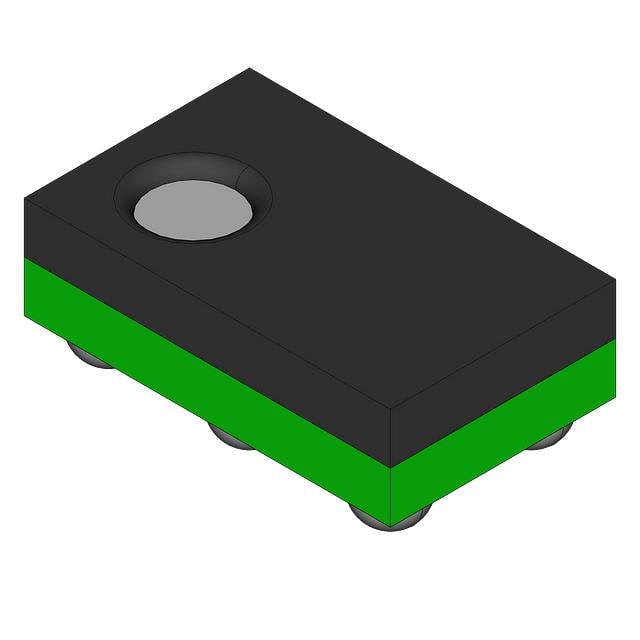
-
IP5002CX8/P135
NXP USA Inc.

-
ADAU7002ACBZ-RL
Analog Devices Inc.
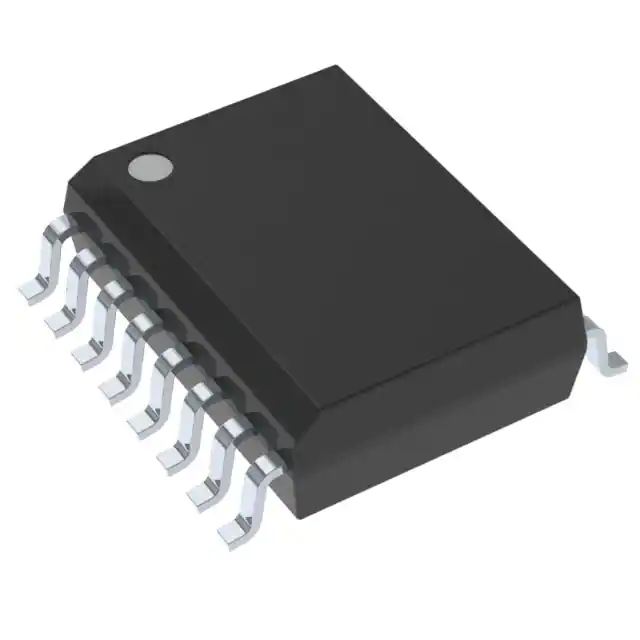
-
PGA2320IDW
Texas Instruments
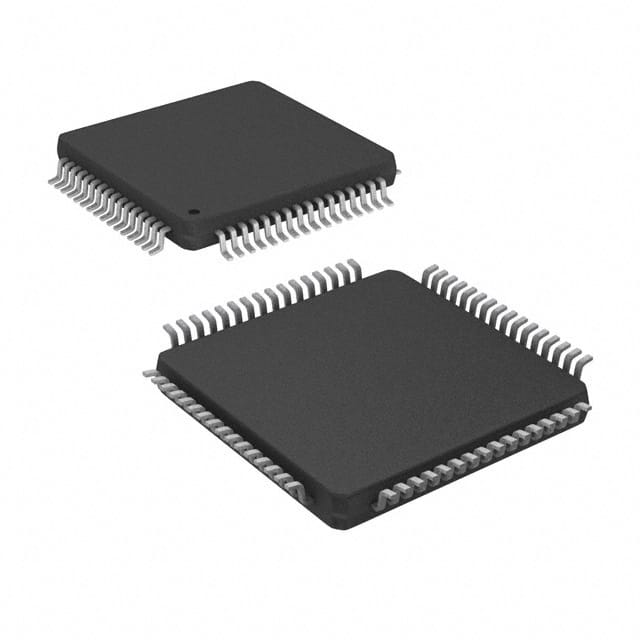
-
SRC4184IPAG
Texas Instruments
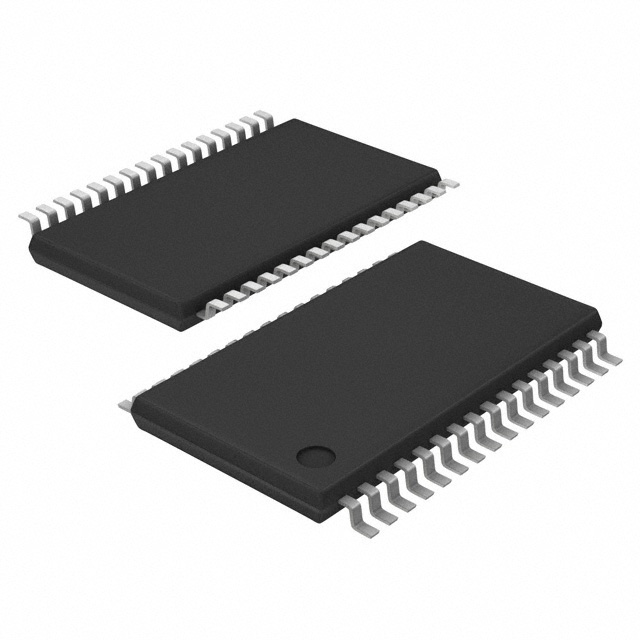
-
MUSES72320V-TE2
Nisshinbo Micro Devices Inc.
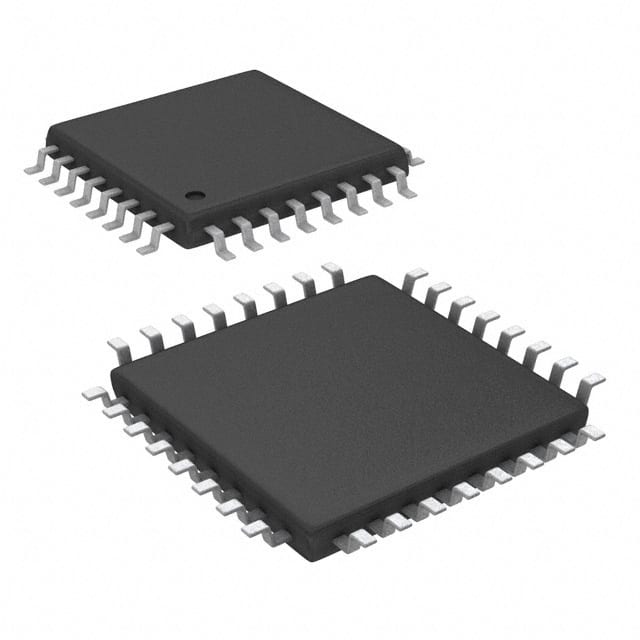
-
PCM2706CPJT
Texas Instruments
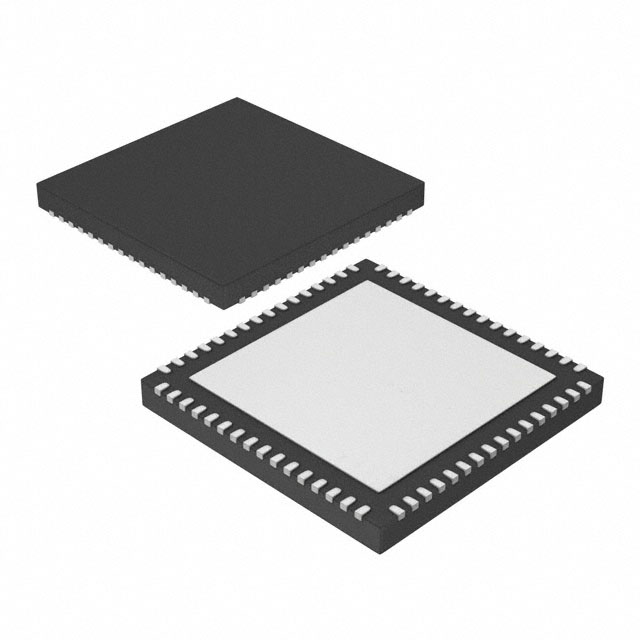
-
ZL38040LDG1
Microchip Technology

-
PGA2310UA/1K
Texas Instruments

- Help you to save your cost and time.

- Reliable package for your goods.

- Fast Reliable Delivery to save time.

- Quality premium after-sale service.







